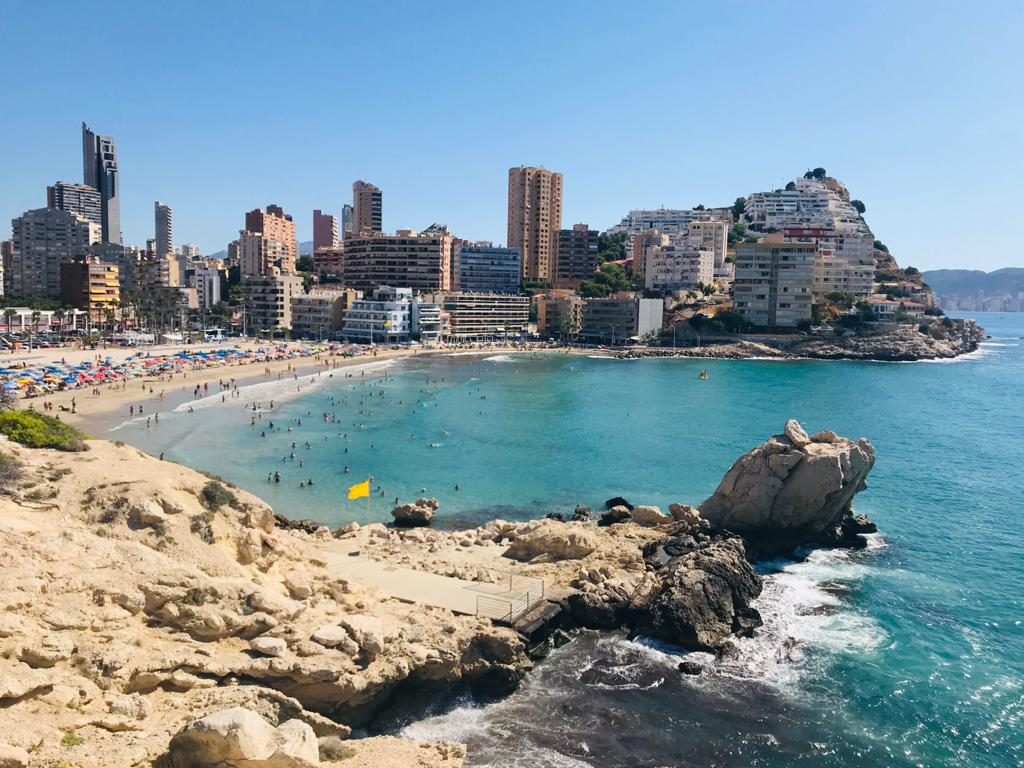The Puig Campana has two snow wells, which were built in the eighteenth century
On this occasion, Manolo Mayor, El Beato, talks about the snow pits in Puig Campana. They date back to the eighteenth century. They were very important for preserving food and were also used for medicinal purposes. Thanks to this resident of Finestrat, who for decades has dedicated himself to studying the flora of the second highest massif in the province of Alicante, today you can learn more about the life of our ancestors and the importance that nature had in the development of their day to day.
Snow pits. "Pous de neu".
"Nevater": the toughest ancient trade of winter.
Climate change that occurred between the early 14th century and the mid-19th century triggered the creation of snow pits. This is a period known as the "Little Ice Age" because it was much colder than normal, as well as the rainfall was much heavier. It coincided with periods of minimal solar activity and a decrease in atmospheric transpiration. The large volcanic eruptions in Iceland were the triggers for the increase in volcanic dust that generated this extraordinary atmospheric cooling.
In Puig Campana there are two snowfields. One of them, on the north face, is in a fairly good state of preservation, and the other is on the east face, surprisingly, indicating that the snowfall must have been very heavy in times past. Both are from the eighteenth century and were used to store snow, which, once turned into ice, was used to supply the residents of Finestrat who had a high purchasing power, as well as the fishermen of Villajoyosa and Benidorm. The poor, if they wanted something fresh, had to settle for putting it in a well or cistern, which did not even come close to the temperature reached with ice.
In addition to preserving food, ice had more uses: medicinal, since it helped to lower the fever of the sick, improved the inflammations produced by blows and allowed the good conservation of medicines, and gastronomic ones, since it was the raw material for the manufacture of ice cream and to refresh drinks during the summer.
The tools used by the ice workers were shovels, hoes, esparto baskets to transport the snow to the pits, and sledgehammers to compact it. The crews were made up of young employees who were under the orders of a foreman. They had to be relieved from time to time to avoid frostbite. When they returned to the village they sang:
'Ja venin de nevetjar
d'alla dalt del Puig Campana
"I fa mes de cinc setmanes
That I don't hem pogut celebrate."
They separated the different layers of ice with wheat straw, ash, salt, leaves, etc. Access to the bottom of the wells was through a wooden ladder or holes were made in the form of steps.
Near the wells there was a shelter made of dry stone without mortar that served to guard the ice, rest and be able to warm oneself; In spite of this, the workers had to endure low temperatures, icy winds, which penetrated through the fissures of the stones.
Once the snow was extracted, it was compacted in wooden molds to shape it and covered with straw and blankets.
The transport took place in April. It was done at night with mules and donkeys so that the ice would not melt from the sun. The journeys were long and hard because of the steep terrain.
The characteristics of the well on the shady slope are as follows:
- It is a deposit dug into the earth that was used to store snow. It has an elliptical shape and the walls are made of dry stone without mortar so that rainwater would not be stored, melting the ice and allowing it to seep through the cracks.
- Has a charging window
- Its depth is ten meters and it has a diameter of eight meters. Measurements are approximate.
- Currently, there is an ash tree and an ivy tree inside.
The snow trade will "never" return It would be convenient for the administrations to contribute resources in the restoration of the snow pits, since they are part of the history and heritage of our municipality.














There are no comments